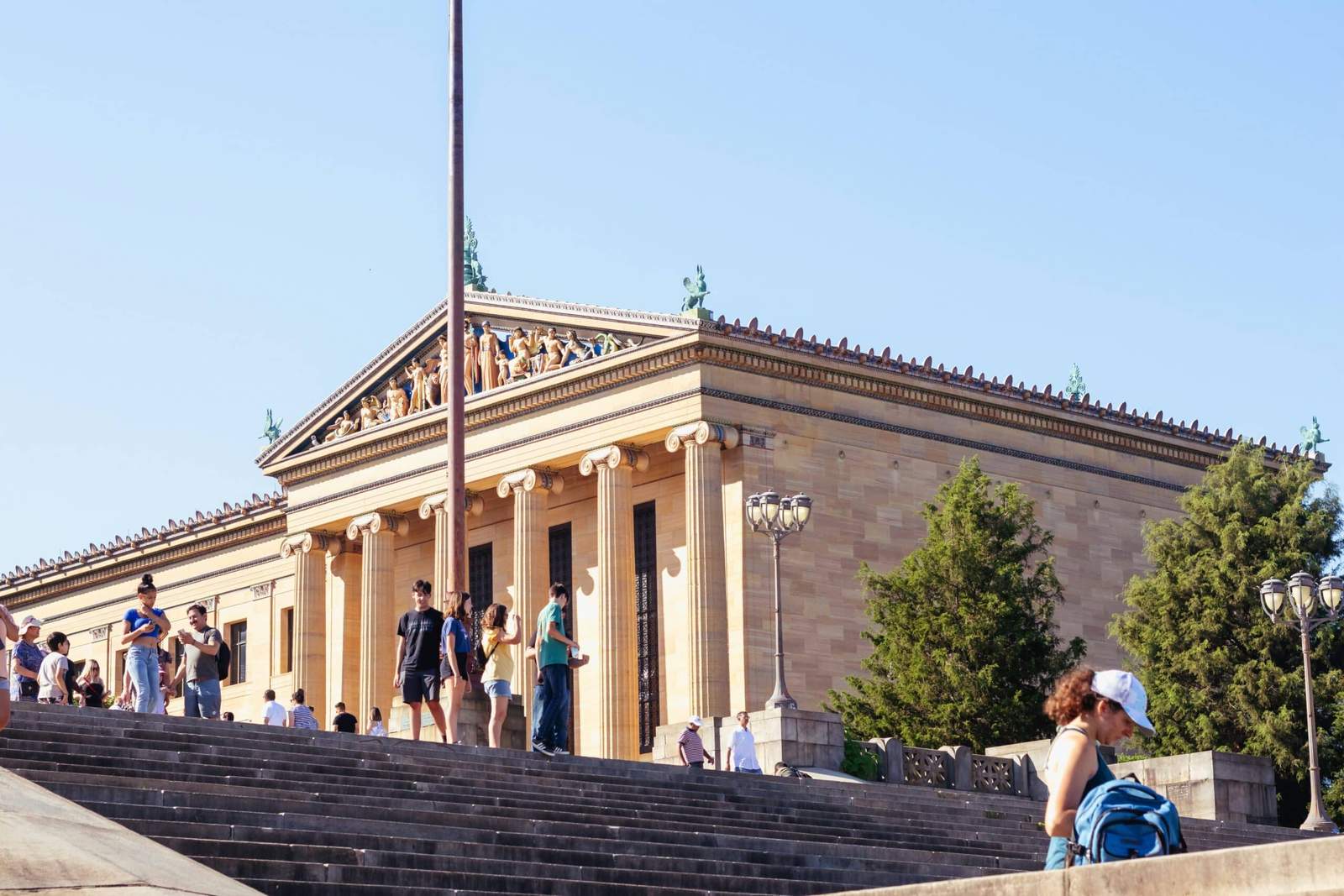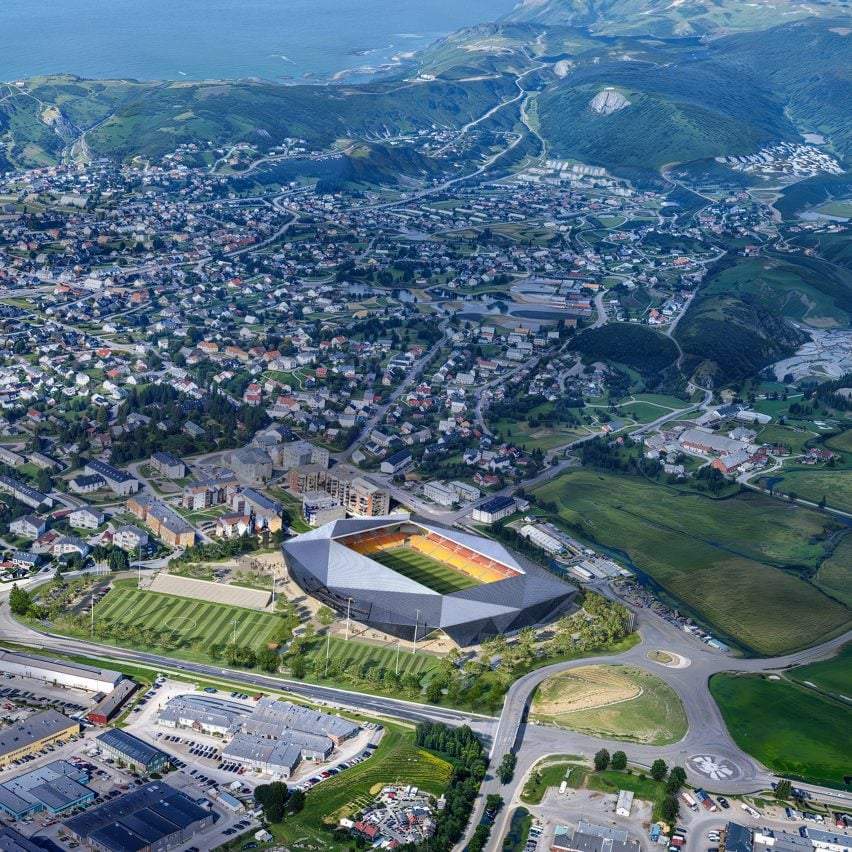Introduction to Unbuilt Architecture
Unbuilt architecture refers to designs and proposals for buildings and structures that, despite displaying creativity, innovation, and ambition, were never constructed. Throughout history, architects have envisioned remarkable projects that, for various reasons, did not come to fruition. These unrealized architectural endeavors offer valuable insights into the limits of creativity and the evolving nature of societal needs and preferences. As we analyze the landscape of unbuilt architecture, we can better appreciate the intentions and aspirations of architects who sought to push boundaries and redefine skylines.
The significance of unbuilt architecture extends beyond mere speculation about what could have been. These designs often reflect the cultural, economic, and technological contexts in which they were conceived. For instance, many unfinished projects were halted due to political constraints, financial limitations, or shifts in public interest. Despite their unrealized status, these architectural visions can symbolize a collective yearning for progress and innovation, serving as a testament to humanity’s inherent desire to create a lasting impact on the world. They evoke strong emotions, leading us to contemplate the potential landmarks that might have transformed our urban landscapes.
Moreover, examining unbuilt architecture allows historians and architects alike to engage in a dialogue about visionary thinking and the impact of missed opportunities. It encourages a critical analysis of how design directions can shift and be influenced by external forces, thus impacting the built environment. By exploring the stories behind these ambitious projects, we broaden our understanding of architectural creativity and vision. Each unbuilt project represents a unique narrative of aspirations that could have shaped our cities and affected daily life, illustrating the powerful intersection of design, culture, and history.
The Atlas of Never Built Architecture
‘The Atlas of Never Built Architecture’ is an insightful compendium that compiles an extensive list of architectural designs that, for various reasons, never came to fruition. Authored by Peter Eisenman and Caroline Maniaque, this book serves as an important resource not only for architects and students but also for enthusiasts and the general public interested in the built environment. The atlas presents an array of visionary concepts that reflect the richness of human creativity and ambition in architectural design.
This comprehensive volume features over one hundred projects from a diverse range of renowned architects, spanning multiple decades. It aims to enlighten its readers about the innovative approaches that could have shaped our urban landscapes. Each project included in the atlas provides a glimpse into the potential architectural futures that were envisioned but ultimately left unexecuted, emphasizing the myriad possibilities that could have transformed our skylines.
The projects included in ‘The Atlas of Never Built Architecture’ are selected based on several rigorous criteria. These projects not only exemplify architectural ambition but also represent a significant commentary on societal, cultural, and environmental influences at the time of their conception. The inclusion criteria ensure that each project stands as a testament to the visionaries behind them and offers a glimpse into the socio-economic contexts that ultimately influenced their realization, or lack thereof.
This compilation not only serves as a reflection on what could have been but also invites readers to contemplate and appreciate the complexities and challenges inherent in the field of architecture. By presenting these bold designs, ‘The Atlas of Never Built Architecture’ allows a broader audience to engage with the imagination and aspiration that fuel the architectural discipline.
Notable Examples of Unbuilt Projects
Throughout architectural history, several high-profile unbuilt projects exemplify visionary designs that could have dramatically altered the skylines of major cities. Among these, the proposed New York Stock Exchange Tower stands out. Designed by the renowned architect Norman Foster, this monumental structure aimed to redefine the financial district of Manhattan. Foster envisioned a glass-clad tower that would soar over the existing buildings, symbolizing transparency within the financial system. However, various factors, including economic concerns and the impacts of the 2008 financial crisis, ultimately doomed the project, leaving a vacant opportunity where innovation could have thrived.
Another notable example is the Paris Centre Pompidou’s alabaster egg, planned by the influential architect and designer, Richard Rogers. This unique design was envisaged to complement the existing Pompidou Center while addressing the dynamic needs of contemporary art and culture. The concept involved a sculptural form made from translucent materials, which would allow light to permeate the space, creating an ethereal atmosphere. However, due to budgetary constraints and differing opinions about modern architecture’s place within the historically rich Parisian landscape, the project was eventually shelved, creating a gap in artistic representation and engagement.
These unbuilt projects represent more than just missed constructions; they reflect aspirations and dreams that could have transformed urban environments. Each cancellation was typically influenced by a confluence of factors, such as economic viability, public opinion, and sometimes the mere clash of ideologies within urban planning. The absence of these transformative structures highlights the complexities of architectural progression and the sometimes disheartening reality of unfulfilled potential. Understanding these unrealized visions provides insight into the architects’ ambitions and the broader cultural implications of their designs, enriching the narrative of architectural history.
The Role of Financial Constraints
Financial constraints frequently impose significant limitations on visionary architectural projects, often curtailing creativity and innovation within the field. The architectural realm, marked by ambitious designs and imaginative concepts, must regularly navigate the complexities of budgeting and funding. Instruments such as cost estimates, funding sources, and economic assessments emerge as fundamental elements that can either promote or hinder the realization of groundbreaking designs.
Case studies throughout history showcase how financial limitations have shaped, and at times diminished, architectural aspirations. Consider the example of the proposed but unrealized Chicago Spire. Designed by Spanish architect Santiago Calatrava, this soaring structure was intended to redefine the Chicago skyline. However, the onset of the financial crisis in 2008 led to the project’s suspension. The immense construction costs, coupled with dwindling investor confidence, ultimately impeded a project that encapsulated elegance and innovative design. Similarly, the Berlin Hauptbahnhof, while successfully completed, faced significant budget revisions that altered some original visionary aspects, demonstrating how financial hurdles can dilute the intended architectural brilliance.
Moreover, as architects seek to create spaces that resonate with cultural significance or environmental sustainability, the challenge remains to balance these noble goals with fiscal practicality. When projects exceed allocated budgets, architects may be forced to compromise on design elements, scale, or materials—leading to a less impactful final outcome. This juggling act between financial realities and creative aspirations not only affects individual projects but can also shape the larger architectural landscape, stifling pioneering movements that strive to push boundaries.
In evaluating the interplay of financial constraints and ambitious architectural visions, it is evident that funding challenges play a crucial role in shaping what can and cannot be realized. As such, financial planning must be viewed as integral to the architectural process, ensuring that ambitious projects can transition from concept to reality without sacrificing their original vision.
Political and Bureaucratic Challenges
The journey from innovative architectural concept to tangible structure frequently encounters significant political and bureaucratic barriers. A multitude of factors can hinder the progression of visionary designs, with regulatory challenges and public opposition emerging as especially prominent roadblocks. For instance, several high-profile projects have been thwarted or extensively altered due to stringent zoning laws and building codes that prioritize conformity over creativity. These regulations, intended to maintain public safety and aesthetic harmony, can inadvertently stifle groundbreaking designs that aim to redefine urban spaces.
Public opposition also plays a critical role in the fate of architectural endeavors. Projects that promise to transform a skyline often face scrutiny from residents who fear changes to neighborhood character or potential increases in traffic and pollution. As a case in point, the proposed Gehry-designed Guggenheim Museum in Helsinki encountered notable resistance from local citizens and officials, resulting in its eventual cancellation despite its potential to elevate the city’s cultural and architectural landscapes. This exemplifies how grassroots movements can gain traction against what is perceived as a threat to community values.
Furthermore, shifts in political priorities can lead to abrupt changes in governmental support for architectural projects. As governments change or budgets fluctuate, previously allocated funds for visionary ideas may be diverted towards more immediate concerns, truncating innovative aspirations. The cancellation of the Chicago Spire, initially envisioned as a towering landmark, illustrates this phenomenon, where changing economic conditions and political will ultimately dismantled what could have been a transformative building within the city. Such occurrences underscore the necessity for designers and urban planners to navigate the intricate interplay of politics and bureaucracy to translate dreams into reality.

Cultural Significance of Unrealized Designs
The realm of architecture is not solely defined by its built structures; rather, it encapsulates a wealth of unbuilt projects that hold significant cultural implications. These unrealized designs reflect the aspirations, values, and societal desires of their respective eras. When architectural proposals emerge, they often embody the hopes of communities for progress, innovation, and identity. The absence of these structures can alter a city’s narrative and development trajectory, leading to reflections on what could have been.
Often, proposed buildings serve as symbols of a society’s ambitions at the time of their conception. For instance, the grand design of the unbuilt Chicago Spire represented a longing for economic resurgence and architectural prominence following the city’s historical economic fluctuations. Had it been completed, this structure could have redefined Chicago’s skyline, projecting an image of resilience and modernity. Instead, its cancellation left a void that speaks to the fluctuating nature of urban dreams and realities.
The cultural messages inherent in these unrealized designs also highlight the values prioritized at the time. Many architects aim to challenge societal norms, pushing boundaries related to sustainability, accessibility, and technology. Consider the example of the unconstructed “Tower of Tomorrow” in New York City, which would have stood as a testament to technological innovation and ecological awareness. Its absence invites contemplation on the importance of sustainable practices in contemporary architectural discourse and how society’s commitment to such ideals remains a work in progress.
In effect, unbuilt architectural projects serve as a canvas upon which society paints its evolving identity, aspirations, and values. They represent dreams that, when unfulfilled, continue to resonate within urban landscapes and cultural dialogues, reflecting the perpetual tension between ambition and reality in the realm of architectural endeavors.
Lessons Learned from Unbuilt Architecture
Unbuilt architecture, often envisioned as bold concepts that never materialized, offers critical insights that can significantly influence contemporary architectural practices and urban planning. By studying these ambitious designs, architects can better understand the societal and environmental contexts that led to their abandonment. One of the foremost lessons is the importance of aligning ambitious architectural visions with the practical needs and desires of the communities they aim to serve. This alignment fosters a sense of inclusivity and ensures that a proposed design resonates with the people who will ultimately interact with it.
Moreover, unbuilt projects frequently highlight the necessity of adaptability and resilience in architectural designs. Many proposed structures failed, not due to a lack of creativity but because they could not withstand changing economic conditions, political climates, or shifts in societal values. Architects and urban planners can draw valuable lessons from these instances, reinforcing the principle that flexibility in design is crucial to surviving unforeseen circumstances.
Additionally, unbuilt architecture serves as a reminder of the importance of sustainability. Some forward-thinking designs prioritized environmental impacts and energy efficiency, concepts that are now at the forefront of contemporary architecture. Learning from these visionary ideas enables modern architects to better integrate sustainability into their own projects, ultimately contributing to a more responsible built environment.
Lastly, the study of unbuilt architecture generates inspiration. It allows designers to push the boundaries of creative thought while recognizing the potential pitfalls that could hinder realization. By balancing innovation with practicality, architects can create structures that not only challenge the status quo but also meet the evolving needs of society. In summary, the reflection upon unbuilt architecture serves as a powerful tool in shaping a more informed and innovative architectural future.
Imagining a World of Possibilities
The field of architecture is often characterized by remarkable visions and innovative concepts, many of which remain unbuilt. These unrealized projects represent not merely failures or missed opportunities; instead, they embody a profound exploration of creative potential. Imagining what could have been gives rise to a multitude of possibilities that can spur both architects and designers to think beyond the boundaries of conventional design. Architectural dreams that never materialized invite reflection on the transformative power of spaces yet to be realized.
Unbuilt architecture acts as a canvas for the imagination, provoking new ideas and innovative solutions. It serves as a reminder that the limits we see in our physical world can be transcended through vision and creativity. For many architects, visualizing these imaginative structures strengthens the discourse within the architectural community, encouraging dialogue around aspects like sustainability, technology, and urbanization. Inspirations drawn from these projects can lead to new methodologies and frameworks for designing future buildings that align with contemporary needs and aspirations.
The vision of iconic buildings, even in their unbuilt states, stimulates our collective creative consciousness. These concepts challenge commonplace approaches to design and push the boundaries of what is possible. By reflecting on these visionary ideas, we experience a sense of wonder and inquiry, igniting a drive for innovation that can transform skylines and urban environments. As we continue to explore these architectural possibilities, we tap into a wellspring of creativity that not only influences individual designers but also reshapes cultural norms regarding space and design. Through this reflective process, we remain open to reimagining our built environment, ensuring that the dreams of today may one day inspire the realities of tomorrow.
Conclusion: The Future of Architectural Innovation
Throughout this exploration of visionary architectural dreams, we have examined the significant impact that unbuilt structures have on the conversations surrounding urban development and architectural innovation. The unconstructed designs discussed not only serve as tantalizing glimpses into what might have been, but they also invite a reevaluation of the limitations often imposed by current architectural paradigms. These bold visions highlight the creativity and potential of architects and designers to reshape the narratives of our cities.
Unbuilt architecture acts as a catalyst for discussion, prompting stakeholders, including architects, urban planners, and policymakers, to consider what the skyline of the future should encompass. By studying these imagined edifices, we can delve into the possibilities that architecture holds for addressing contemporary challenges such as sustainability, urban density, and technological integration. The lessons learned from visionary projects remind us that innovation often stems from an expansive mindset, one that embraces experimentation and challenges the status quo.
In order to cultivate a richer architectural landscape, it is essential for the contemporary architectural community to foster an environment that encourages visionary thinking. This involves not only championing ambitious design ideas but also fostering collaboration among various disciplines to create holistic solutions that reflect the needs and aspirations of the communities they serve. By learning from the dreams encapsulated in these unrealized designs, architects can push the boundaries of what is feasible, ultimately leading to the creation of spaces that resonate on both a functional and an emotional level.
As we move into the future, it is imperative that we keep the spirit of visionary dreams alive, transcending immediate practicalities in favor of a more imaginative approach to architecture. It is through this lens that we can hope to create environments that inspire, uplift, and challenge our perceptions of the world around us.







